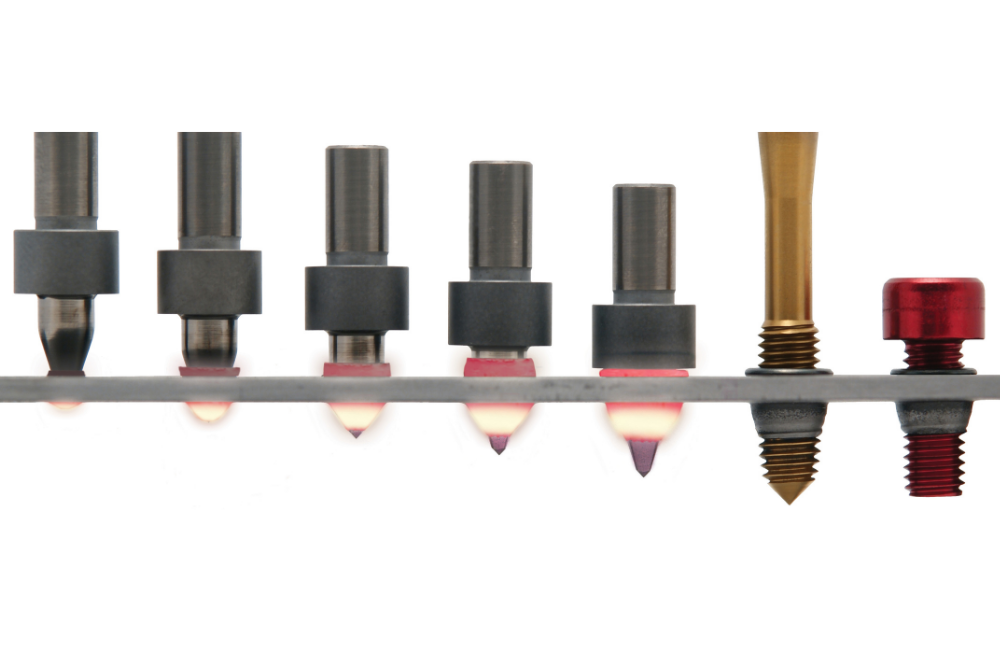
We provide a complete service of Form Drilling & Form Tapping
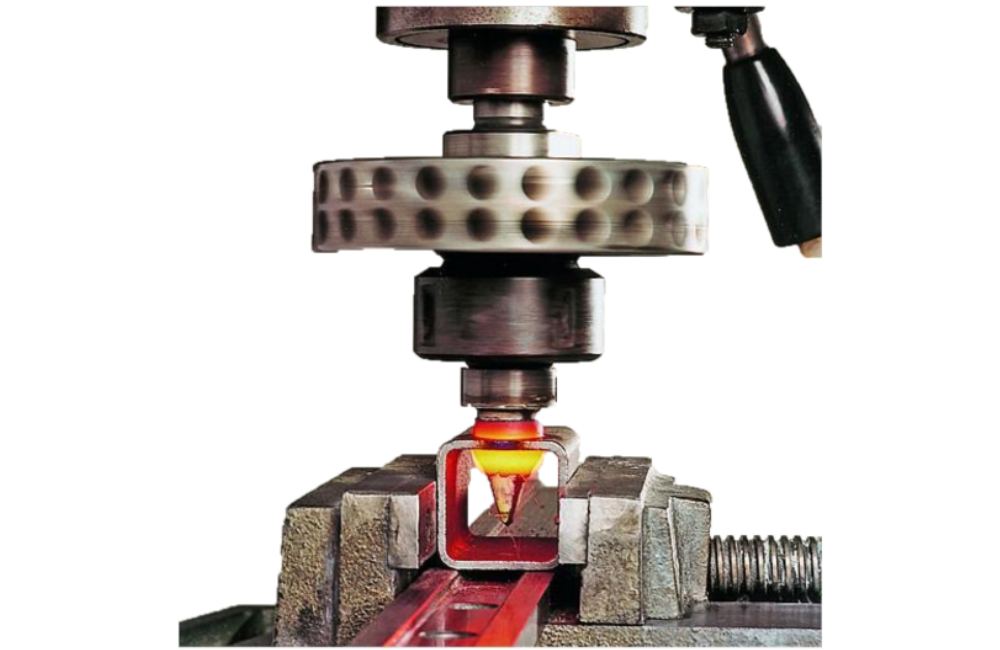
Form Drilling Process
Thermal drilling is a process that uses friction to produce bushings in metal tubing and flat stock.
The combined rotational and downward force of a special Thermal Drilling tool bit creates frictional heat. Temperatures can reach 900C for the tool, and 700C for the work piece.
Suited to work on Steel, Stainless Steel, High Strength Steel, Aluminium, Brass & Copper.
Example of the Formed Bushing
The material is transformed into a “super-plastic” state, allowing the tool to displace material and form a bushing. The height of the bushing is roughly 3 to 4 times the original metal thickness. The bushing can then be threaded using our Form Tapping process.
These bushings are ideal for threaded applications, as the number and strength of threads is significantly increased. It is an excellent alternative to weld nuts or threaded inserts. The bushing can also be used as a support hole for welded, soldered or brazed connections as well as for a load-bearing surface.
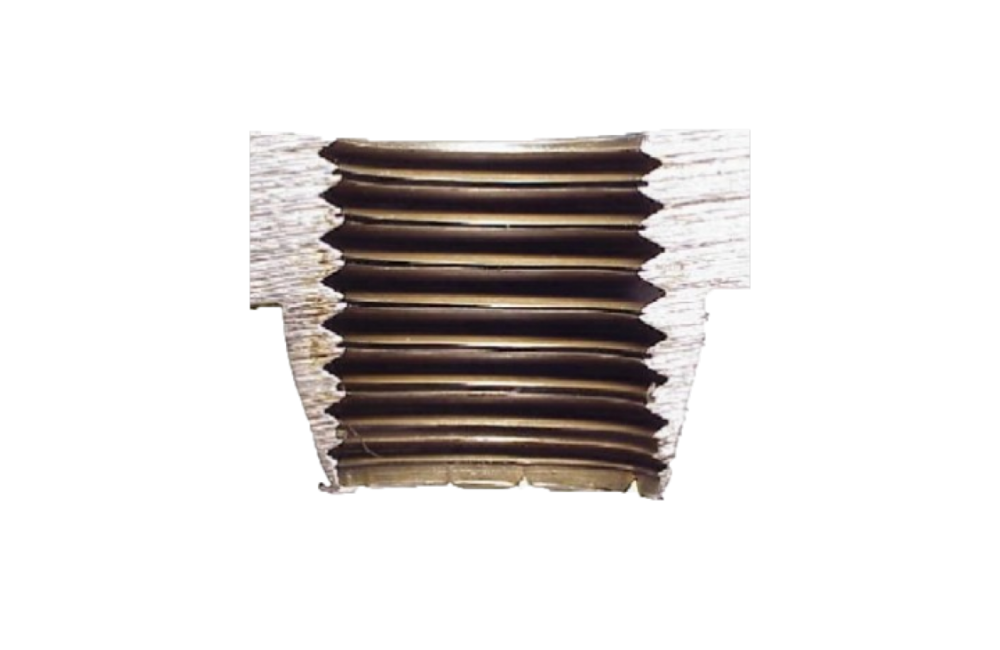
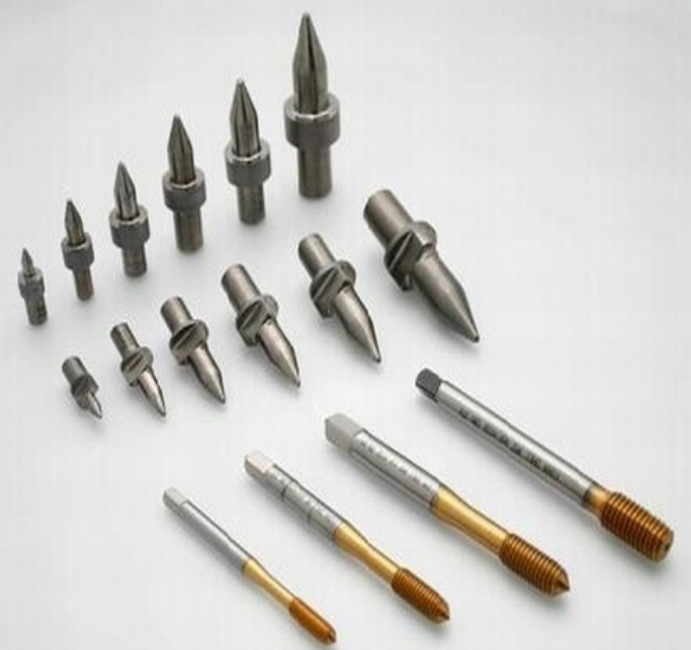
Form Drill Advantages
The Thermal Drilling System can be used in most ferrous and non-ferrous metals including mild steel, stainless steel, copper, brass and aluminium, with material thickness up to 12mm. In general, all malleable materials can be thermal drilled.
Standard hole sizes are available in any size up to 25.4 mm diameter with the option of a Collar or Flat surface finish.
Thermal Drilling is also ideal for automation because it is a chipless process, produces accurate holes, and has a long tool life.
Thermal Drilling is well suited for short run or prototype work because of its ease of use.
There is absolutely no cutting involved during the creation of the hole.
Form Tapping
Form Taps are Special Tools for the chip free production of threads inside a hole. The non-cutting cold working process has an extreme compacting effect on the material and does not break the so called fiber direction of the material.
Unlike thread cutting, no material is removed during thread forming. Rather, the process displaces the material to generate the thread form.
Forming Taps provide multiple advantages. For ductile work materials, thread forming can provide better size control and stronger threads while improving tool life and productivity.
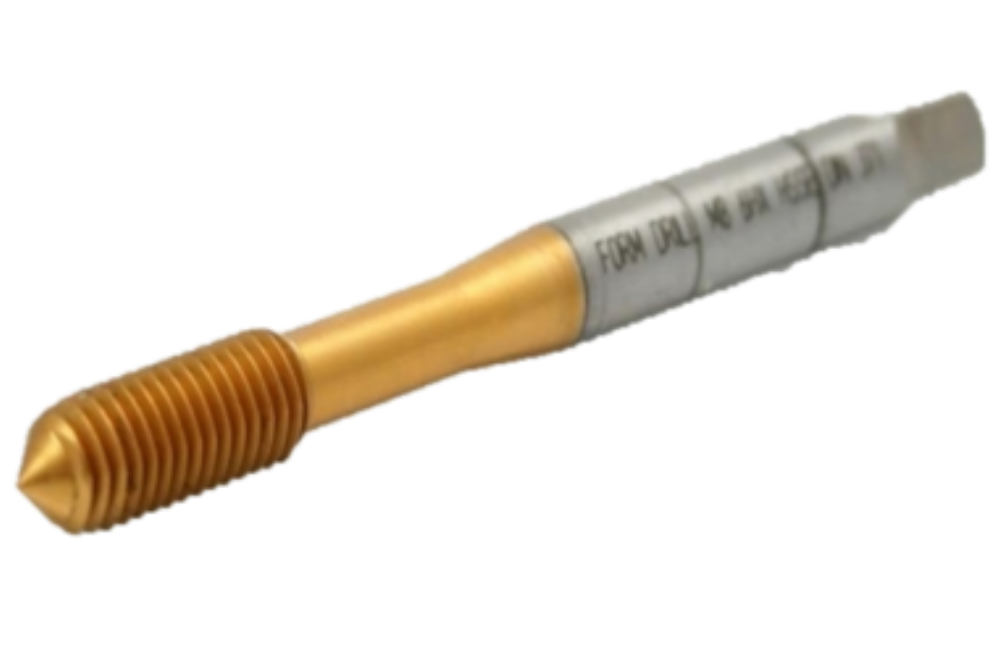

Forming Taps
Forming taps must be applied in materials that cold form well. This includes steels, stainless steels, light metals, light metal alloys and other materials with tensile strength to 1200N/mm². Generally, materials that produce a continuous chip when drilling are good candidates for thread forming.
Since the metal’s structure is cold worked along the thread profile, the threads produced are generally stronger and have a smooth, burnished surface finish.
Cold forming taps can be operated at higher speeds and feeds than conventional taps.
Form Drilling & Tapping
Combining Form Drilling with Form Tapping will guarantee consistent accurate holes with better size control and stronger threads boosting quality and throughput.
- Strong High Quality Connections
- Reduces Production Time
- Fast Chipless Process
- Reduces Costs
- Consistent Surface Finish
